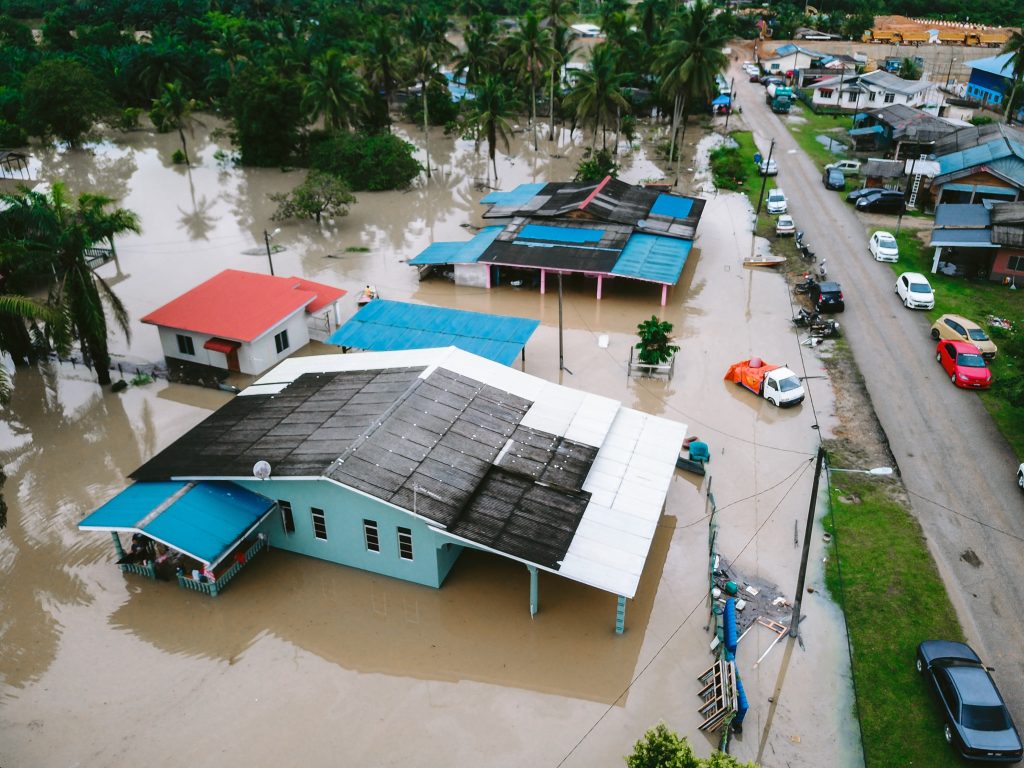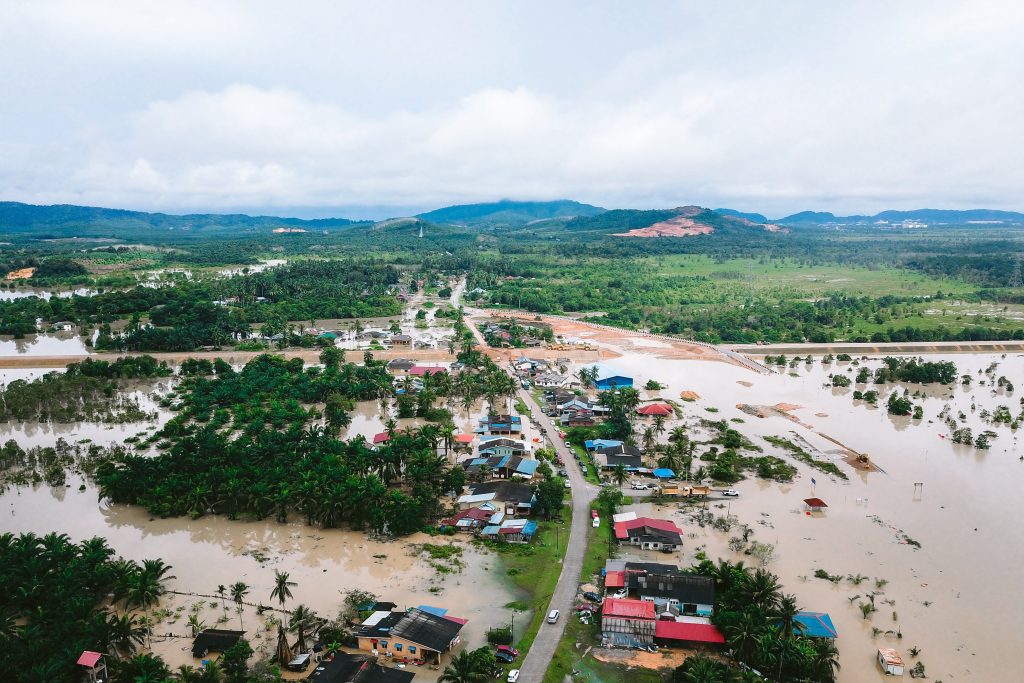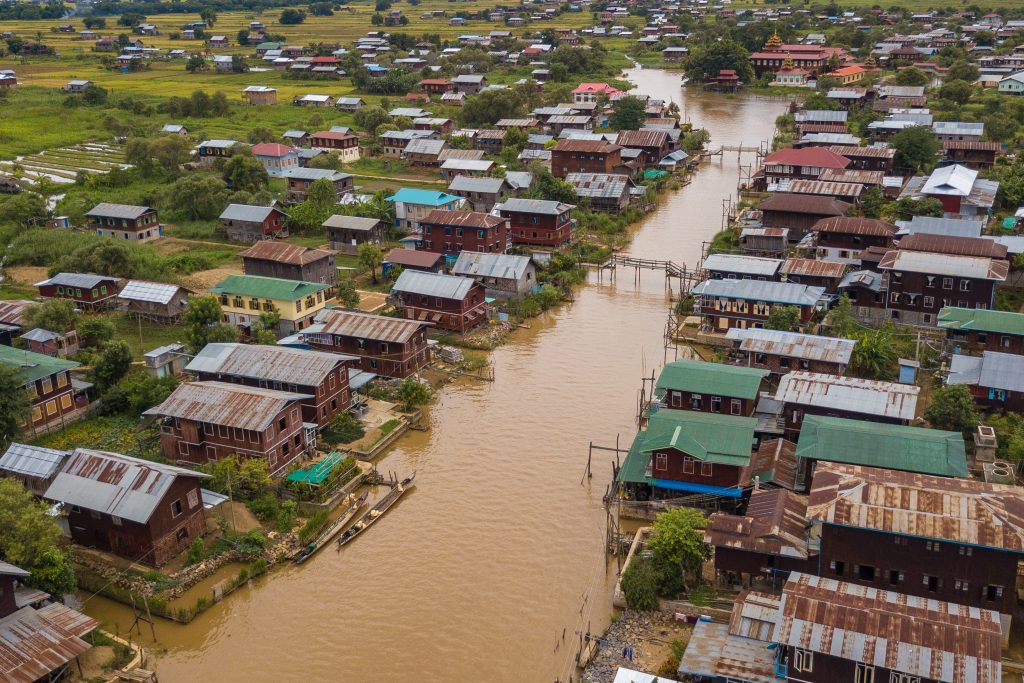Don't miss our holiday offer - 20% OFF!

Read also : Participation at Communic Asia 2023 in Singapore
Floods, frequent natural disasters, have caused widespread harm in recent years, leading to significant losses. Monitoring floods is now critical to minimize risks and damages. Explore how advanced technology aids flood monitoring by uncovering dangerous water flow patterns.
Water Current Sensors: What Are They and How Do They Work?

Read also : Automated Parking Concept: Smart Solution for Availability
Water current sensors, placed strategically on bridges and support poles, employ methods like ultrasonics, electromagnetics, and Doppler to measure water speed and direction in flood-prone areas, providing precise, continuous flow data.
Why Water Current Sensors Are Vital in Flood Monitoring?

Read also : Security and Privacy in Connected Parking Systems: Challenges and Solutions
- Early Flood Detection: These devices detect sudden surges in flow, signaling imminent floods. This critical information prompts swift public alerts and authorities’ actions for safety measures and evacuations.
- Prediction and Alerting: Collected data predicts future floods, enabling authorities to issue early warnings and prepare residents for imminent flood threats through careful analysis.
- Water Resource Management: The information provided by water current sensors also aids in water resource management. Water flow data helps control floods by managing dam operations, gates, and channels.
- Flood Impact Assessment: Post-flood, these sensors remain valuable for assessing impact by evaluating water flow data, aiding damage assessment and area recovery planning.
- Environmental Research: Environmental researchers utilize current sensors to study water flow, river dynamics, and climate change impacts on aquatic systems.
Conclusion

Read also : Security and Preparedness Enhanced by Smart EWS Technology
These vital tools are essential for flood monitoring, early detection, predicting future risks, and aiding resource management. They play a crucial role in safeguarding lives, property, and the environment, strengthening flood mitigation efforts, and enhancing preparedness in facing climate challenges.





